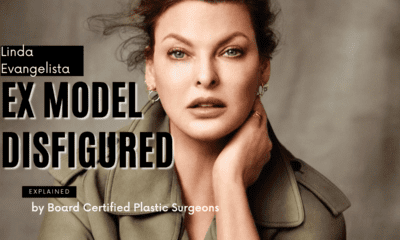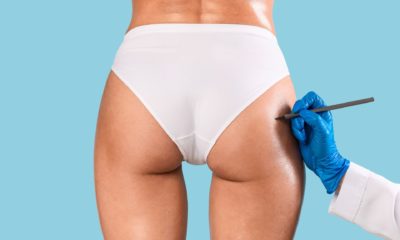From the inaugural episode of No Spin Live Australia.
Breast Implant-Associated Anaplastic Large Cell Lyphoma is a Hot Topic at the moment. Updated guidelines released by the FDA in 2017 stated that there was a concern with the disease, specifically when it comes to macro-textured implants. The scary-sounding disorder is very treatable when caught early, and many experts believe it may actually not be a lymphoma but rather a lymphoproliferative disorder. Either way, the media has taken BIA-ALCL into the mainstream, causing a scare among breast augmentation patients.
Board certified plastic surgeon William P. Adams Jr. MD discusses detailing a question poised at the Annual meeting of the Australasian Society of Aesthetic Plastic Surgeons, Melbourne October 2017. The question was: “Would you allow your daughter or your wife to have these macro-textured implants inserted?” The post then claims that the answer was a resounding “no.” Board certified plastic surgeons Dr. Craig Layt and Dr. Tim Papadopoulos, both of Australia, join Dr. Adams to get to the bottom of macro-textured implants and BIA-ALCL.
To Use or Not to Use Textured Implants
While the social media post claims there was a resounding “No”, Dr. Adams, Dr. Layt, and Dr. Papadopoulos were all three present and on the panel. What the social media post didn’t mention – as with most mainstream media sources – was the nuance. Macro-textured implants, while implicated in cases of BIA-ALCL, aren’t known to be the exact cause. The mechanism of action for the disorder has a lot of components, many understood and others not so well. Macro-textured implants are indicated to carry a higher risk base don current data. For many surgeons who utilize macro-textured implants in specific cases, they are not alarmed.
“The answer from my point of view is, ‘Yes, I would’,” shares Dr. Layt. “I think the problem we get into is a lot of people get into this one-track mind way of thinking. ‘We’ve got a problem with ALCL therefore don’t use textured implants.’ However for me, there are some patients who really need a highly cohesive, macro-textured implant. If I don’t use that, then they’re at a much higher risk of getting a complication of some kind or having a reoperation, which carries with it it’s own risks. Our job as professionals is to weigh out those risks and benefits and advise our patients about it.”
The risks and benefits Dr. Layt mentions are critical to understanding BIA-ALCL. While the disorder is real and associated with textured implants, the risks are extremely low. The media would like to tell a tale of doom, and yet BIA-ALCL risk ratio is 1 patient in every 4000 – 30000. Compare that to the risk of female breast cancer – about 1 in 8 .
When Textured Implants Are Great
The hesitancy surgeons feel to distance themselves from textured implants, beyond the relatively low-risk, is that they’re extremely useful in certain situations. Dr. Papadopoulos gives three scenarios where an anatomical, textured implants would be the best option:
- Short and stout patient whose horizontal breast width is greater than the vertical width
- Tall and thin patient whose horizontal breast width is smaller than the vertical width
- Slight ptosis (droop) at the inframammary fold – not enough droop to correct with a breast lift
- Tuberous breasts (breast deformities)
While the above only account for 10-20% of typical cases, textured implants offer these patients a better result that other options. And beyond the implant’s capabilities is yet another variable to the equation: operating room techniques.
Minimizing the Risks of ALL Complications
A major if not the critical variable to the BIA-ALCL/textured implant discussion is how the procedure is surgically performed. The statistic of 1 in every 4000 patients assumes generally that all of these 4000 cases were done in the same manner. The truth is, there can be varying levels of competency in the OR – and not the kind that generally affect the aesthetic result. Surgeons who are not extremely precise and careful when inserting a breast implant into the body can unknowingly introduce other foreign bodies as well. Numerous, non-life-threatening complications can arise whenever foreign objects are placed into the body; breast implants are no different. And while the silicone breast implant is one of the most heavily researched and studied medical devices in history, what happens after implantation is up to how sterile and cleanly-performed the operation was.
“What I’d rather do is use good technique to minimize the risk of having a problem with BIA-ALCL,” says Dr. Layt. “[Dr. Adams] and I are coauthors on a paper that shows with good technique we can really minimize those risks.”
















Mark Magnusson
November 22, 2017 at 8:45 am
Great work guys, entertaining and informative